JAMES HAGAN

On Saturday the 27/01/2024, a Blue Plaque was unveiled in Treforest, Pontypridd at 10 Meadow St. This was to commemorate the deeds of one James Egan. He was to join the other town Blue plaque holders, Sir Tom Jones and opera singer Sir Geraint Evans. The ceremony was attended by the extended Egan family and among the witnesses was Glyn Baker, noted historian and son of actor Sir Stanley Baker…
…and there’s the clue. We know the story…
….The music is instantly recognisable. A crescendo of Kettle drums introduces John Barry’s theme followed by the Brass and a full orchestra belting out for all its worth
….Ta-da Da….Ta-da Da…da-da - da-da - da-da, da-dada-daaa….
.....you know you’re in for epic Sunday afternoon viewing…..
---------
The British in South Africa were flexing their muscles, intent on grabbing yet more colonies to add to the Empire. Under the pretext of settling a border dispute between the Boer and Zulu around lands in Utrecht district, in Transvaal, these lands had lately been annexed into the Empire by the British. An ultimatum was issued to King Cetschwayo demanding disarmament of his Impi, a realignment of the disputed Utrecht border and a British representative at the great Zulu Council. A reply was expected within 30 days. When none was forthcoming, the British invaded. British military interests were over all commanded by Major General Lord Chelmsford. He had invaded Zululand with the intention of colonising and subjugating the Zulu. The Zulu had no intention of being colonised.
---------
Chelmsford had the main British forces encamped at Isandlwana. Expecting a short campaign due to superior weapons arrayed against stabbing Assegai’s and Bull Hide shields, they didn’t bother to follow standing field orders to entrench. Neither had they circled the supply wagons to create Laagers which was common field practice.
---------
Chelmsfords scouts of the Natal Native Contingent returned from scouting the outlying country and reported skirmishes and a large contingent of Zulu on the move. Chelmsford split his forces leaving his camp with 2800 soldiers in pursuit of the Zulu force. However, thinking of the Zulu’s as seasonal warriors and largely undisciplined farmers who only fought between harvests, the British had under estimated Chief Cetschwayo. The Chief instructed his warriors of 24,000 strong to -
"March slowly, attack at dawn and eat up the red soldiers”
On the morning of 22/01/1879 the Zulu Impi under Chief Cetschwayo massacred 1800 British, Colonial and native troops and 350 civilians at Isandlwana.
“BA FELDWA NDWANOYNE - They died where they stood”
“Ah those Red soldiers at Isandhlwana…how few they were and how they fought! They fell like stones - each man in his place”
Cetschwayo ’s victory supplied two artillery pieces, various supply wagons and more importantly a large amount of Martini-Henry rifles. The Zulu Impi moved forward towards the Buffalo River (Mzinyathi) and the newly renamed DeWitt Mission Station of Oscarburg.
---------
The station was known to the Zulu as Shiyane - kwaJimu (Jim’s House) after an Irish trader and hunter, Jim Rorke had set up a trading post there in 1847. O’Rorke had died in 1875 and the buildings were purchased by Rev Otto DeWitt of the Swedish Church with the intention of establishing a Zulu mission. However the nearby river crossing would give the battle it’s name… Rorkes Drift.
The Mission buildings at the time were manned by 139 of the 2nd Battalion of the 24th Regiment of Foot (2nd Warwickshires) under Lieutenant Gonville Bromhead. The post had been turned into a supply depot and hospital in support of the British invasion. They were to be joined by Lieutenant Chard and half a dozen Royal Engineers who had been engaged in building a river crossing at the nearby ford (or Drift) on the Buffalo River. It’s significant to note that this river formed the border effectively between British Natal and Zululand. The building of a bridge would speed any invasion into Zululand and of course any incursion into Zululand would be met with aggression.
---------
News filtered through of the great massacre at Isandlwana. The order was given to strike camp but under persuasion of Mr James Dalton of the Commissariat Dept, Chard & Bromhead set about standing their ground, making a defensive perimeter and fortifying the mission. Dalton correctly pointed out that they could not move with their wounded, 11 of whom lay in the hospital.
Loop holes were punched through the walls of the Hospital and Storehouse and Mealie Bags, Biscuit and meat tins were utilised in creating firing steps ( In "The Book of Heroes" by Alfred Miles, published 1909, he states that later during lulls in the battle, the bodies of dead Zulu were used to make the firing step on the redoubt even higher).
The Mealie bags were roughly 200 pounds per bag so provided substantial fortification. Overturned wagons added to the defence. There had originally been 300 of the Natal Contingent but they left when they heard the news of the Zulu advance as too did the native porters who had initially helped in the construction of the Mealie bag Redoubt. With their forces significantly reduced, Bromhead and Chard readied themselves for the inevitable attack.....
"..... Aim low and pour it into them"
About 1700 hours the attack commenced with Zulu under the command of Cetschwayo's half brother Dabulamanzi. Upwards of 3000-4000 Zulu’s attacked the Mission Station. At the end of the fighting, 351 Zulus lay dead on the battlefield, officially. However this figure is disputed as the memory of Isandlwana was fresh and there were already tales told by Chelmsfords relieving column of British soldiers having been mutilated at Isandlwana. To understand this it needs to be looked at in context. The hot South African sun quickly initiated the putrefaction process of any that had fallen with the bodies bloating and distending the stomach as the gases sought an escape. To the Zulu this was the soul trying to escape the body. It was the Zulu warriors responsibility to speed his enemies soul on its way. Thus many of the fallen at Isandlwana had their stomachs disembowelled as did Privates Joseph Williams and Robert Adams at Rorkes Drift.
After the battle some of the Rorkes Drift wounded and captive Zulu were summarily dispatched. Lieutenant Horace Smith-Dorrien of Chelmsfords staff recounts that an improvised gallows was used for hanging Zulu’s who were supposed to have behaved treacherously. Trooper William James Clarke describes the burying alive of some of the wounded Zulu. The Zulu themselves estimate was they lost in the region of 600 warriors.
Against this figure, 17 British were killed, but almost every man in the garrison had sustained some form of wound or injury.
---------
James Egan, a Nayna man, was one of the rare survivors who had fought at Rorke’s Drift. A fellow Tipperary man also present was Sergeant Henry Gallagher from Killenaule and a close neighbour from O’Briensbridge - Corporal John Lyons.
However James wasn’t always known by that name. Hagan is usually associated with Antrim, and during the mid 1800's the name was to be found in the Grenanstown, Grange and Youghalarra area's outside of Nenagh. To further confound matters, there are Hagan shopkeepers in Barrack St with Michael Hagan dying of T.B. in 1877. What is evident though is the Hagan family seems to be centralised around the Newtown/Youghalarra, Hogans Pass area. What becomes confusing however is deciding if the handwriting in the registers are recording Hagan or Hogan when checking the records......... and there are so many Hogans in and around Nenagh.
In any case, James was born and registered as James Hagan. There are two possible contenders born in 1861, one baptised in Nenagh RC and another in Monsea RC. James Egan’s headstone would give us a birthdate of 1861. The Army attestation states he was 18 and 7 months which again gives us an 1858 date.
Alternatively his marriage certificate gives us 1858 and informs us his fathers name was John. The census of 1891 gives us an 1857 birthdate, 1901 census delivers 1858, but the census of 1911 gives us 1862. Basically James was born sometime between 1857 and 1862. It may well be that he added a few years in order to join up and kept forgetting which age he was supposed to be.
---------
Ultimately, James wound up in Wales. After a few years of labouring he attested at Monmouth Barracks on 25/03/1876 and joined the 24th Regiment. Prior to this James had been in the Royal Monmouthshire Militia. James was posted and saw service in South Africa, India and Gibraltar. He was discharged from the reserve on 23/03/1888. He was transferred to the South Wales Borderers on 25/11/1881 and transferred to Army Reserve on 24/03/1882. He was recalled to Army Service at Salford on 03/08/1882 and finally once again transferred to Army Reserve on 08/02/1883.
---------
Prior to this James had married Catherine Barry of Treforest, Glamorgan on 08/07/1882 and raised a large family. Could the Barry name be another tenuous link to Youghalarra. We know James mother-in-law Julia, was Irish, from the 1891 census. Another thing to throw into the mix, James Hagan is registered to vote in 1887 at 1 James Place, Treforest. After discharge he became a Hewer in the Coal Mines. When he died at his home on 27/05/1916 he died of TB of the lungs. He went to an unmarked grave without any honours.
---------
However, James family had in their possession a certificate issued to all survivors of Rorkes Drift which attested to his presence during the conflict. Investigations by family members and with the help of the Royal British Legion confirmed the assertion with the result his grave was tracked down at Glyntaff Cemetery and a Headstone erected in 2009. This gave him his full recognition as soldier and survivor of Rorkes Drift.
-------
So how did Hagan become Egan?…It may be something as simple as accent and a mutual misunderstanding. Egan and Hagan phonetically sound similar especially if spoken with an accent or inflection. Sometimes it's easier to agree than constantly have to correct people. The first recorded instant of the Egan name is on the marriage certificate where James is recorded Egan. James and family used that surname from then on.
(As a footnote....exactly 66 years later on the anniversary of the Battle of Rorkes Drift, James grandson Dennis Egan was killed in action at Nijmegen. He was in the 2nd Batt. of the South Wales Borderers - the successors to the 24th of Foot. He was 18.)

The relief of Rorkes Drift - ( Illustrated London News - 06/03/1879)

The survivors of 2nd Battalion, 24th Regiment of Foot. Somewhere in that tired group of faces is James Hagan .....the Nayna man at Rorkes Drift.
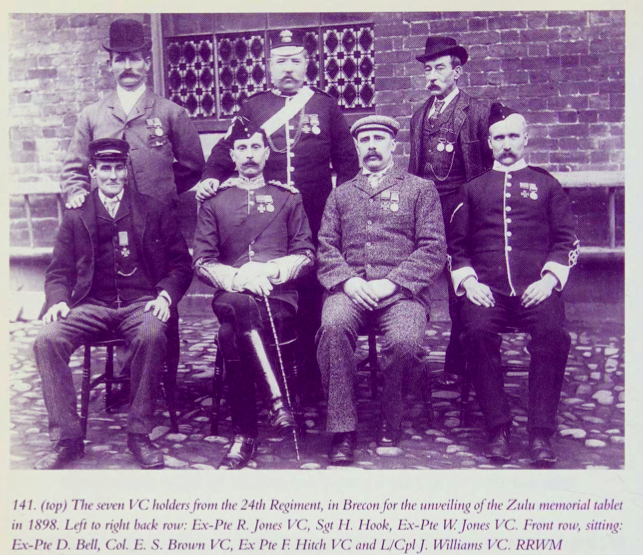
The V.C.'s

Martini-Henry Rifle & bayonet

The Graphic - (15/03/1879)


Blue Plaque dedication at 10 Meadow St, Pontypridd

There are plans to make changes to the plaque

James Hagan finally gets a headstone in 2009

James Hagan becomes James Egan


1911 census for Egan household
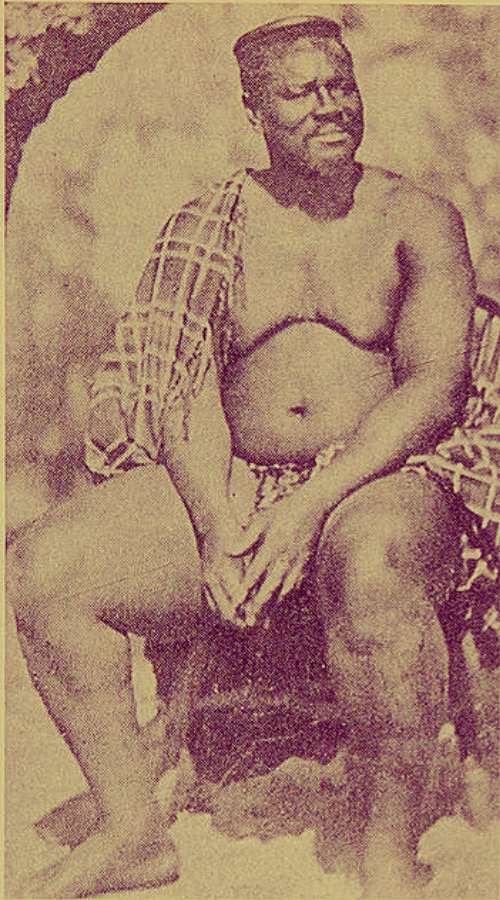
King Cetschwayo kaMpande

uMtwana Dabulamanzi kaMpande who despite under instructions not to, crossed the Buffalo River to attack the mission at Rorkes Drift

Buffalo River (Mzinyathi)

Before the attack
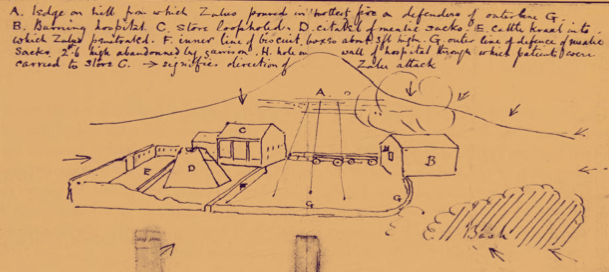
Lt. Chards sketch of Zulu attacks

Defence layout of Rorkes Drift

The storehouse in the aftermath
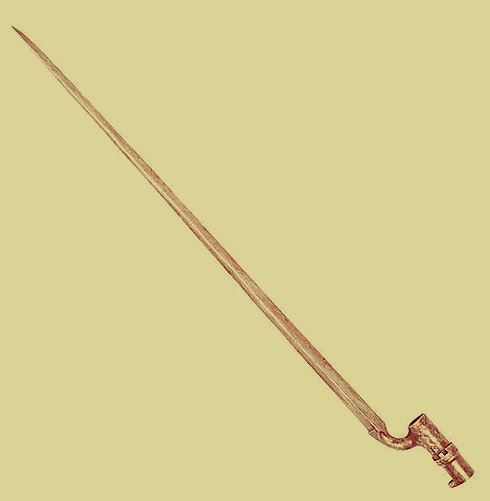
Martini-Henry Socket bayonet

The .577/450 Martini-Henry Round


James Hagan (798-2nd battalion, 24th Regt - Roll Call

The Defence of Rorkes Drift - (1880 by Elizabeth Thompson, Lady Butler of Bansha Castle, Tipperary. ......Lady Butler spoke with the survivors in order to get a more heightened sense of realism of the melee and the hand to hand fighting that happened)

The Defence of Rorkes Drift - (Alphonse de Neuville)

Awarded South Africa Medal 1877-9 with clasp 1877-8-9

This Medal was awarded to Private Robert Adams family. Adams was taken prisoner by the Zulu during the fighting around the Hospital and Assegaied. The medal recently sold at Spinks Auctioneers for £58,000

2005 Monument to the Fallen Zulu Warriors at Rorkes Drift
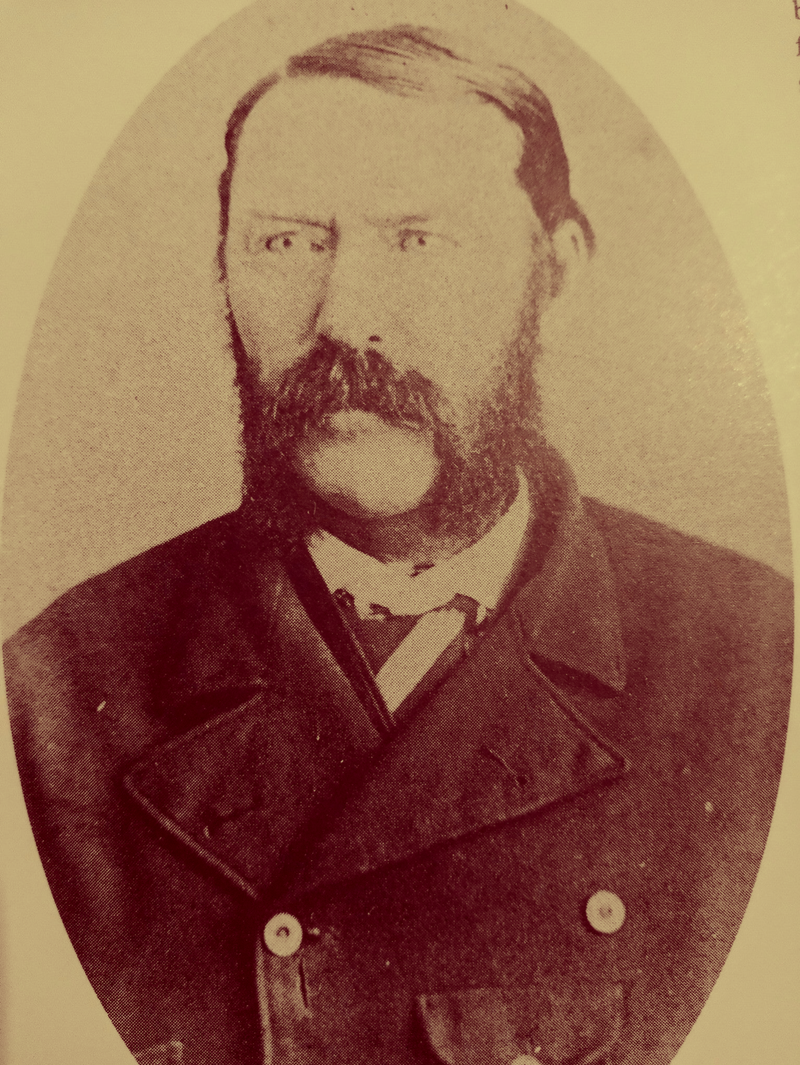
James Rorke
Create Your Own Website With Webador